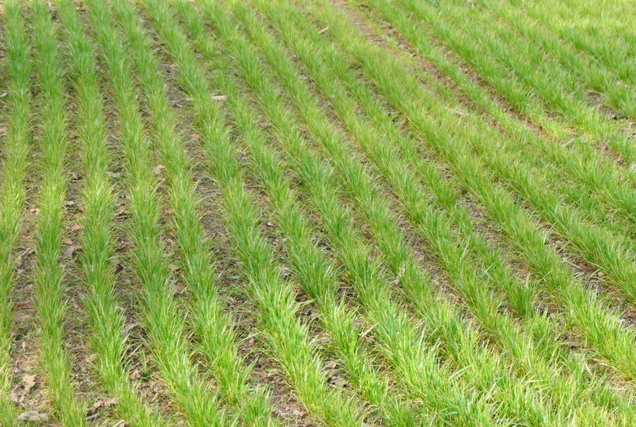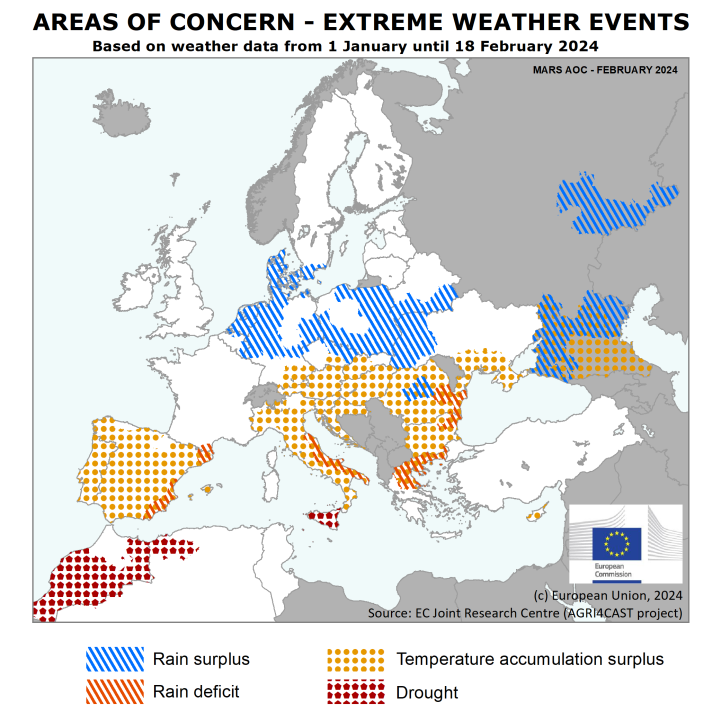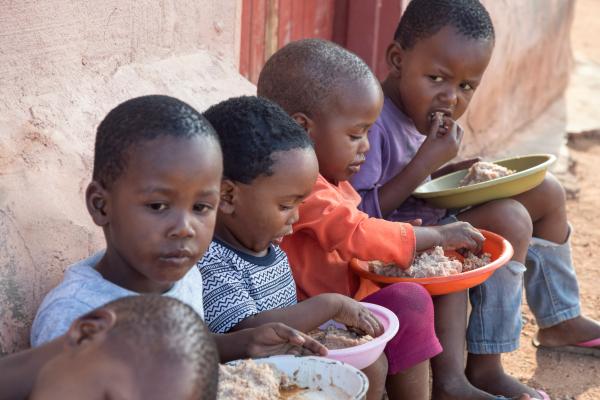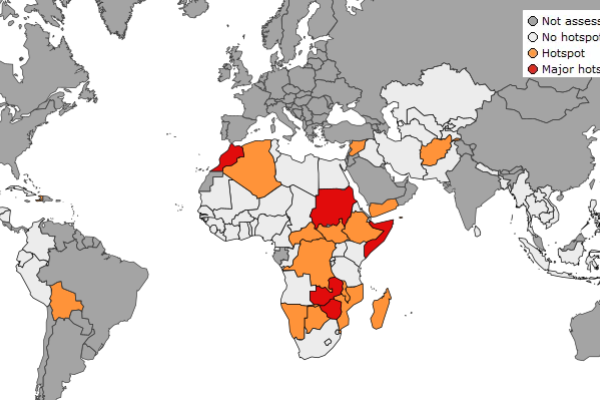
Warmer-than-usual conditions have prevailed in most parts of Europe, yet most distinctly in the south; whereas wetter-than-usual conditions prevailed in north-western, northern-central and eastern regions. Marked rainfall deficits occurred in several parts of the Mediterranean and Black Sea regions.
The map below provides a synthesis of weather anomalies that marked the review period, from 1 January to 18 February 2014. However, events that did not last beyond mid-January, such as the cold spell in northern Europe, which was reported in the January edition of the Bulletin, are not repeated here.
Mixed effects of continued precipitation surplus
Continued rain surplus in the Benelux countries and north-western Germany, albeit less extreme than in the preceding months, maintained soil conditions at close to water saturation, and caused waterlogging – and localised flooding – in low-lying areas. Apart from being unfavourable for crops, overly wet fields cannot be worked and are hard to access, leading to delays in fertilisation. A similar situation is reported for Denmark and south-eastern Sweden, further exacerbated by intense rainfall on 5 and 6 February. Distinct precipitation surpluses in eastern Germany, Czechia, Poland, Belarus, western Ukraine, central Romania, and European Russia, mainly due to very high precipitation in February, did not cause concern for crops.
Persistent rain deficits remain a concern in some southern regions
Rain deficits negatively affected winter crops in south-eastern Romania and north-eastern Bulgaria, where rainfall during the review period was less than half of the long-term average (LTA). In some coastal Mediterranean areas of Spain, the ongoing rain deficit further deepened, to the detriment of crops and water reserves. The rain deficit and unusually high temperatures in the breadbasket regions of Greece did not affect crops thanks to adequate soil-moisture reserves. In many parts of Italy, the review period ranked between third and fifth driest in our records since 1991.
Drought developed in Sicily, where long-lasting rain deficits were combined with above-average temperatures in areas with limited water availability. Drought conditions also persisted in Morocco and western Algeria, with serious impacts on cereal yield expectations. A more detailed analysis of the condition of crops and associated yield forecasts in the Maghreb region are provided in the Bulletin on North Africa in the Global Outlook series .
Mild temperatures in the south have no immediate negative impacts; but leave crops more vulnerable to frost
Unusually mild temperatures since mid-January were experienced in south-eastern Germany, Austria, Czechia and Slovakia. In Slovenia, Croatia, Hungary, Romania and Bulgaria, daily average temperatures exceeded the LTA by up to 4 °C (and in some regions up to 6 °C). Such unusually high temperatures at this time of year tend to benefit crop development, especially of late-sown stands, but also cause a dehardening of winter crops, making them more vulnerable to cold spells. The temperature accumulation surplus zone extended eastwards into southern Ukraine and the southern parts of European Russia. High temperatures also persisted in all regions of Italy, making the review period one of the five warmest in our records since 1991. In Portugal, Spain, and the main crop land regions of Greece, temperatures ranked among the highest in our records, but mostly without causing concern for crops. In Cyprus, above-average temperatures and average rainfall potentially benefited winter barley growth.
Further information
JRC MARS (Monitoring Agricultural Resources) Bulletins
The latest information about global agricultural production hotspots for countries at risk of food insecurity is available on the JRC’s ASAP (Anomaly hot Spots of Agricultural Production).
Details
- Publication date
- 26 February 2024
- Author
- Joint Research Centre
- JRC portfolios





